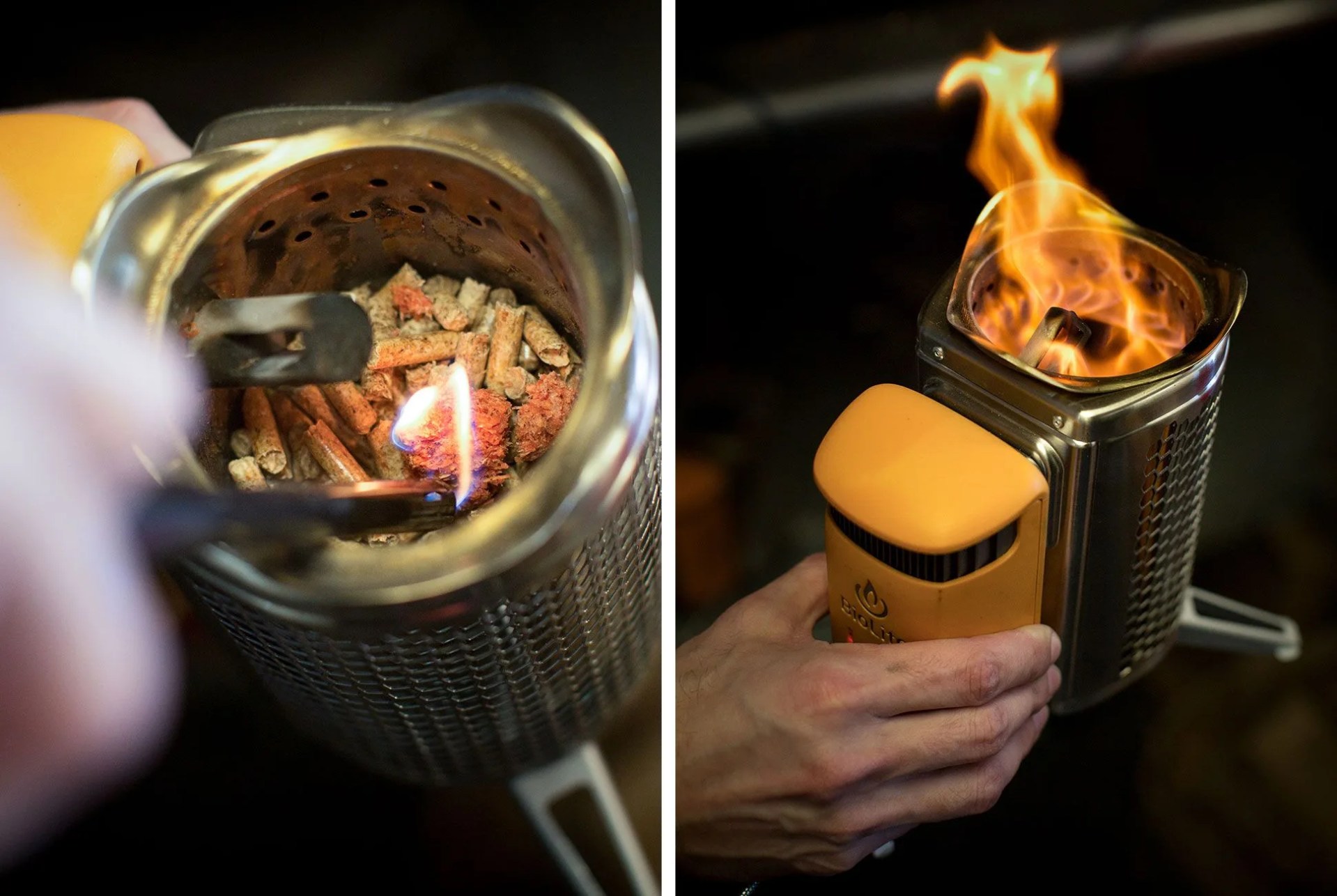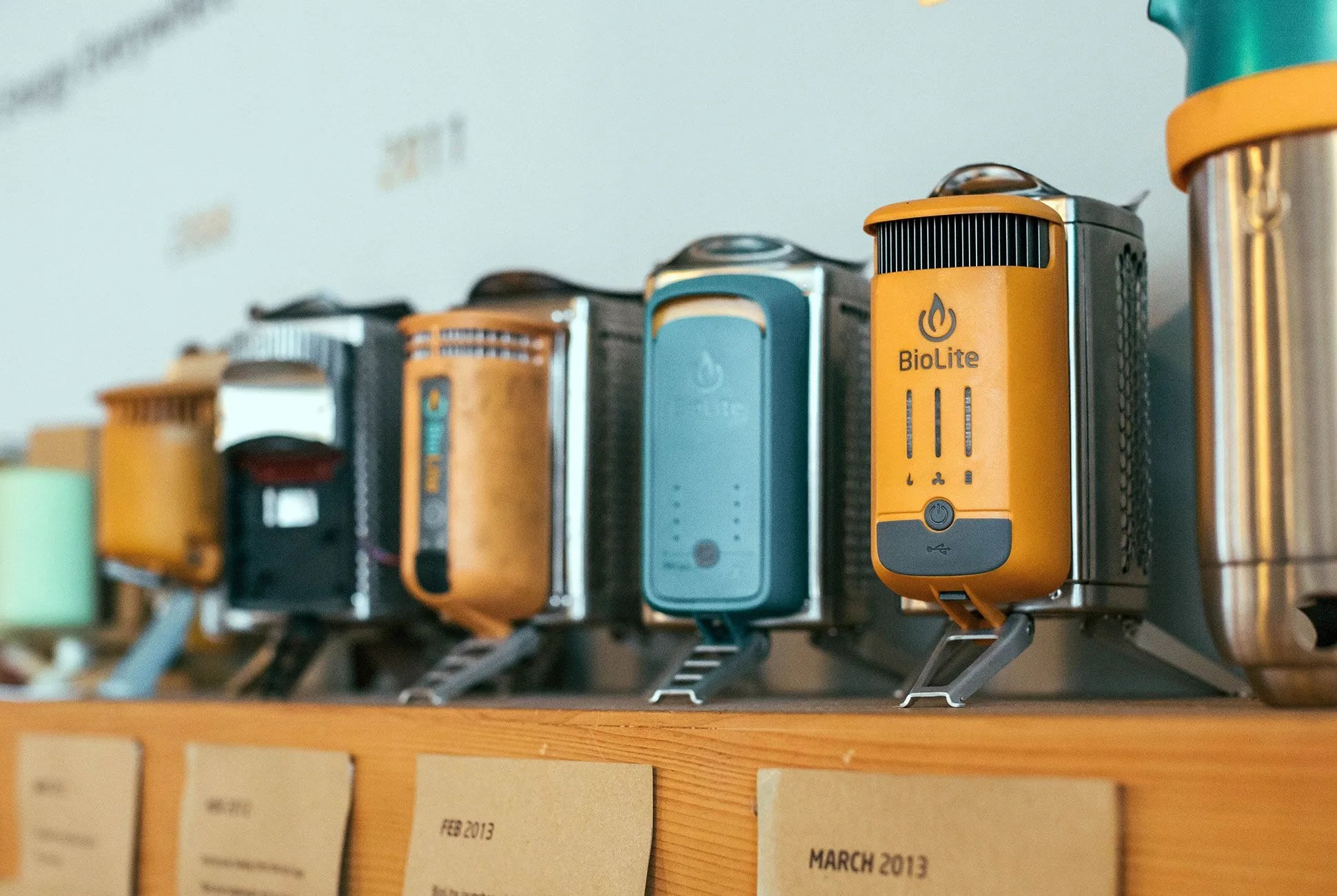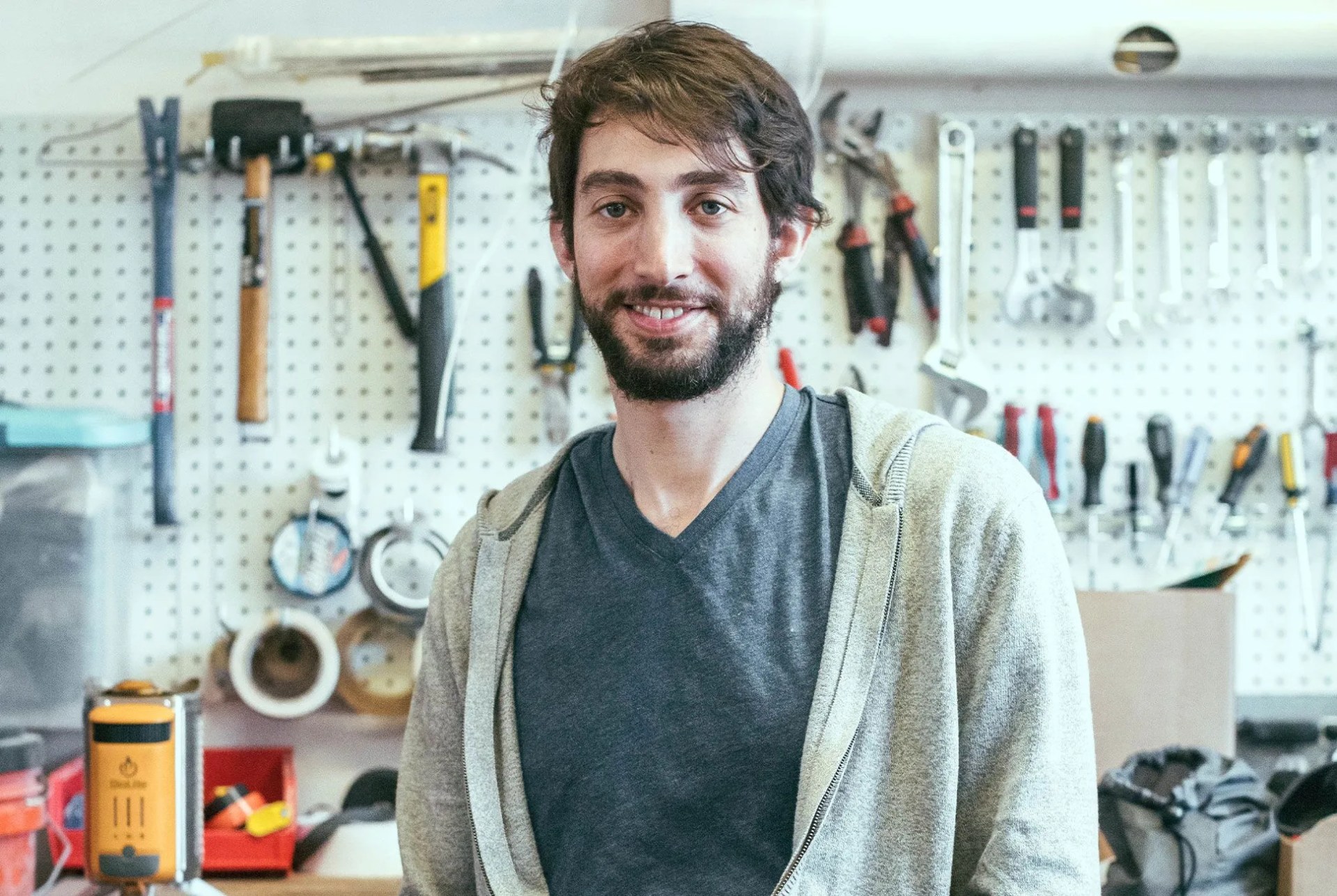DUMBO (Down Under the Manhattan Bridge Overpass) is one of the most expensive neighborhoods in New York City, and the center of Brooklyn’s Tech Triangle. That makes it an unlikely home for a company that produces camping gear — let alone one based around burning sticks and cooking mac and cheese. But it’s here that BioLite has staked its claim.
“It might be an unexpected place for an outdoor company,” said co-founder Jonathan Cedar, “but for us it’s the perfect home base and a great city to recruit and foster a top-notch team.” It helps that Cedar is a fifth-generation Brooklynite.
BioLite is known in the outdoor community for producing wood-burning camp stoves, solar panels, camp lighting products and an array of other camping accessories. It’s less known that 50 percent of the revenue is reinvested in accomplishing the company’s core mission: to improve the lives of those living in developing regions, where cooking over an open flame indoors and breathing in toxic matter is part of the daily routine. The same designs and technologies that created the smokeless CampStove are scaled up in the HomeStove, a larger wood burner that replaces those dangerous indoor cooking fires while powering lights, charging phones and feeding 20,000 families currently living in areas of Uganda, Kenya and India.
The brand’s new CampStove 2 refocuses those innovations, and offers a compelling shakeup within the backpacking community. At just over two pounds, it sits somewhere between ultralight pocket rockets and heavy two-burners, which may be too hefty for ultralighters. But removing the need to carry fuel and adding a renewable energy source is a trade-off sure to appeal to those taking more of a lifestyle approach to the outdoors. There’s also something to be said for staring into what’s essentially a campfire in a canister.
Refining the design of that canister required hours of burning in BioLite’s Brooklyn laboratory, a room complete with hoods that measure smoke particulate matter, a custom wind tunnel and a wood splitter that could easily lop off a foot. It was in that room that we caught up with Ben Zelnick, the lead product engineer for the CampStove 2.

Q: If you think of design as problem-solving, what is the problem solved by the CampStove 2?
A: The problem is twofold. It’s fuel sustainability; the CampStove allows you to burn wood that’s just around you, so you don’t have to bring any fuel and you aren’t burning any hydrocarbons. It’s also lighter because you don’t have to bring that extra fuel.

